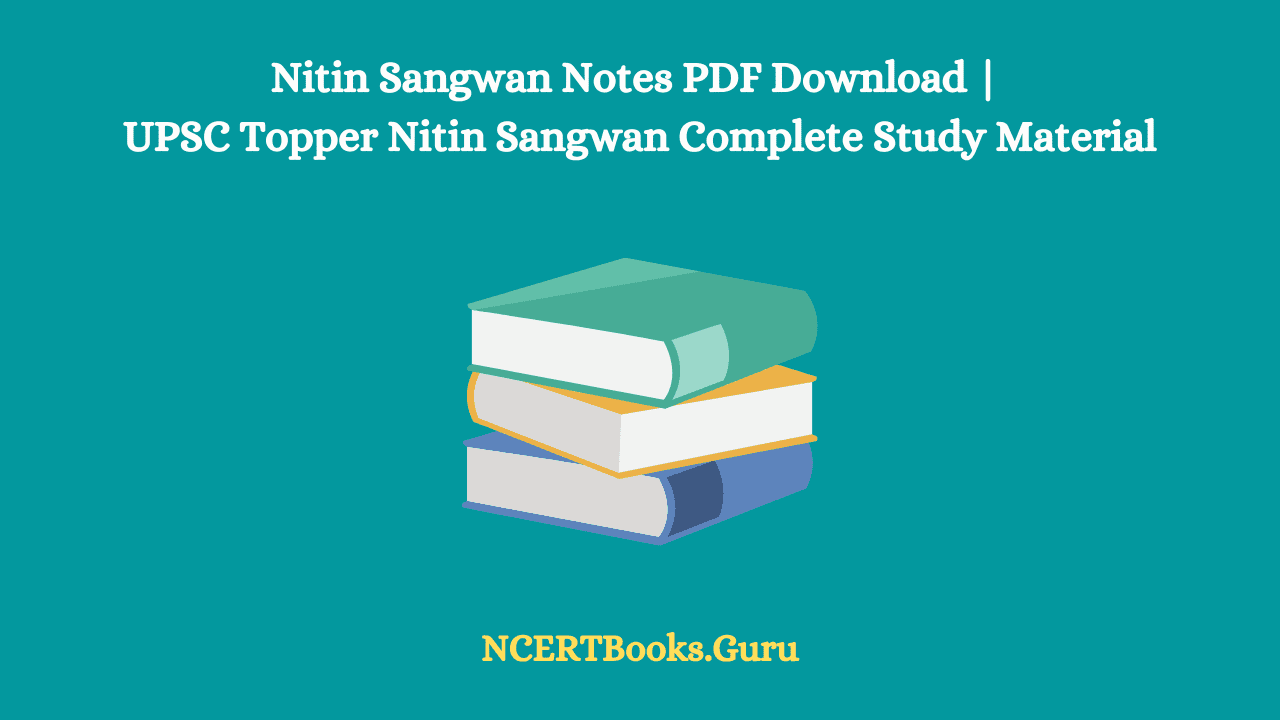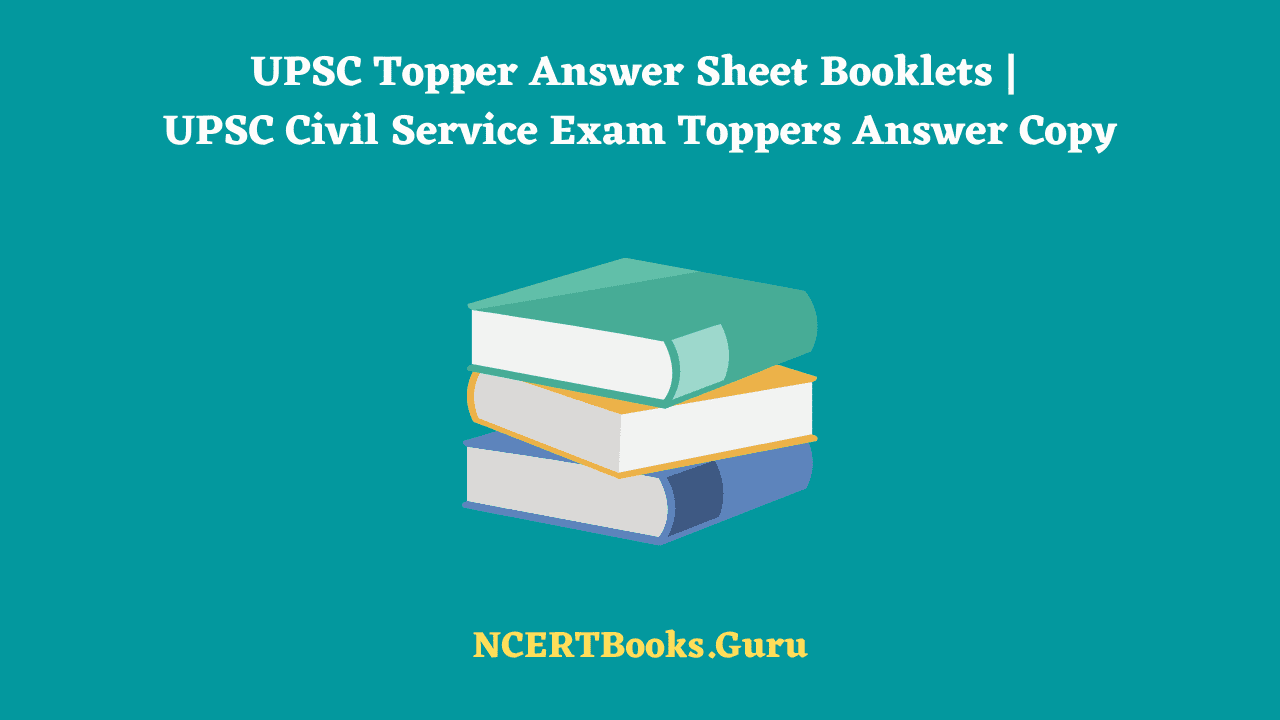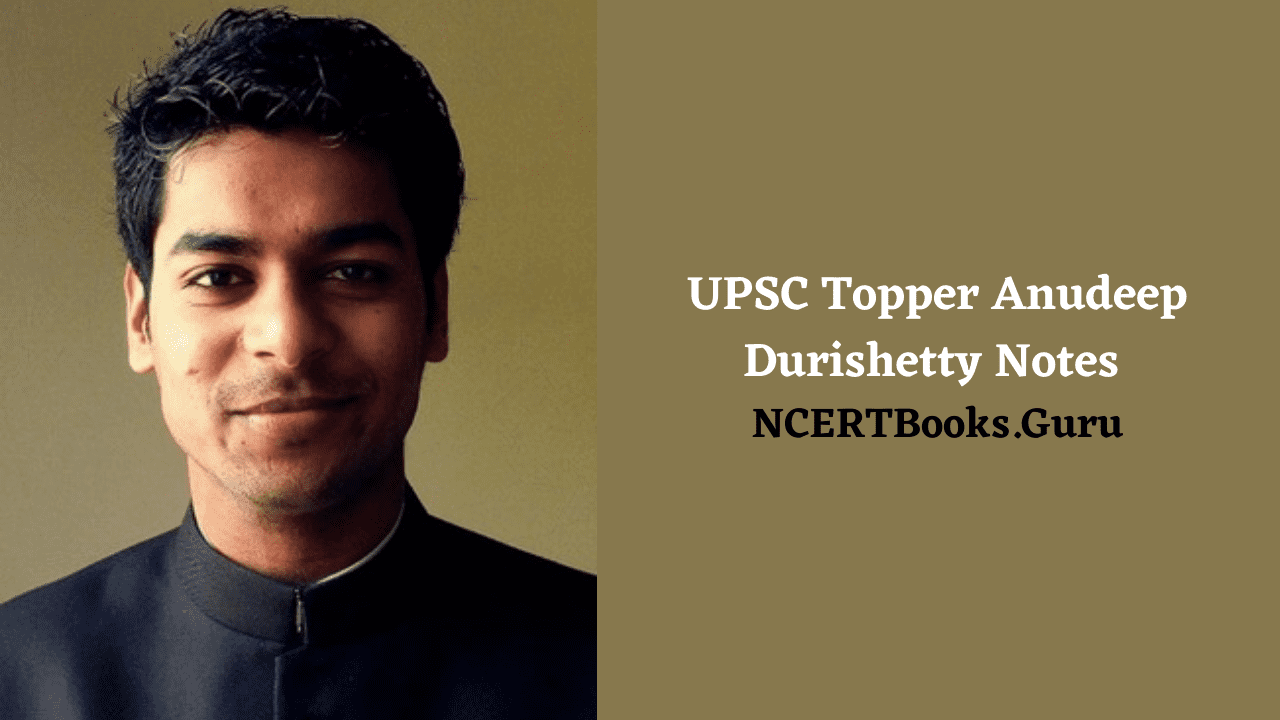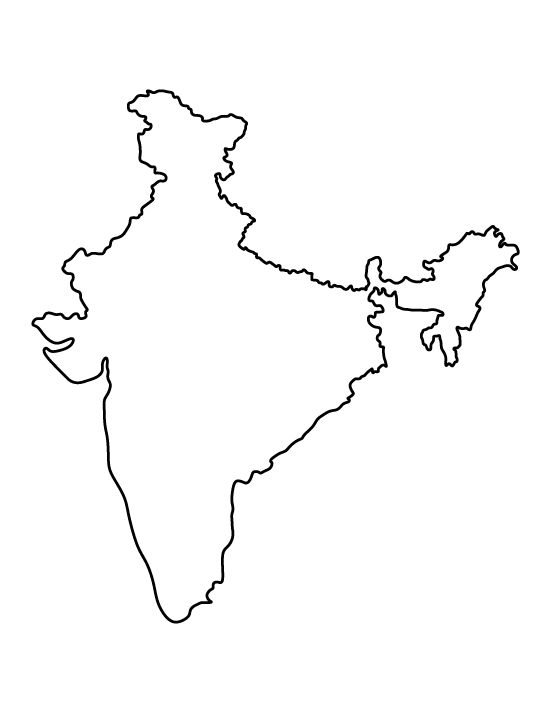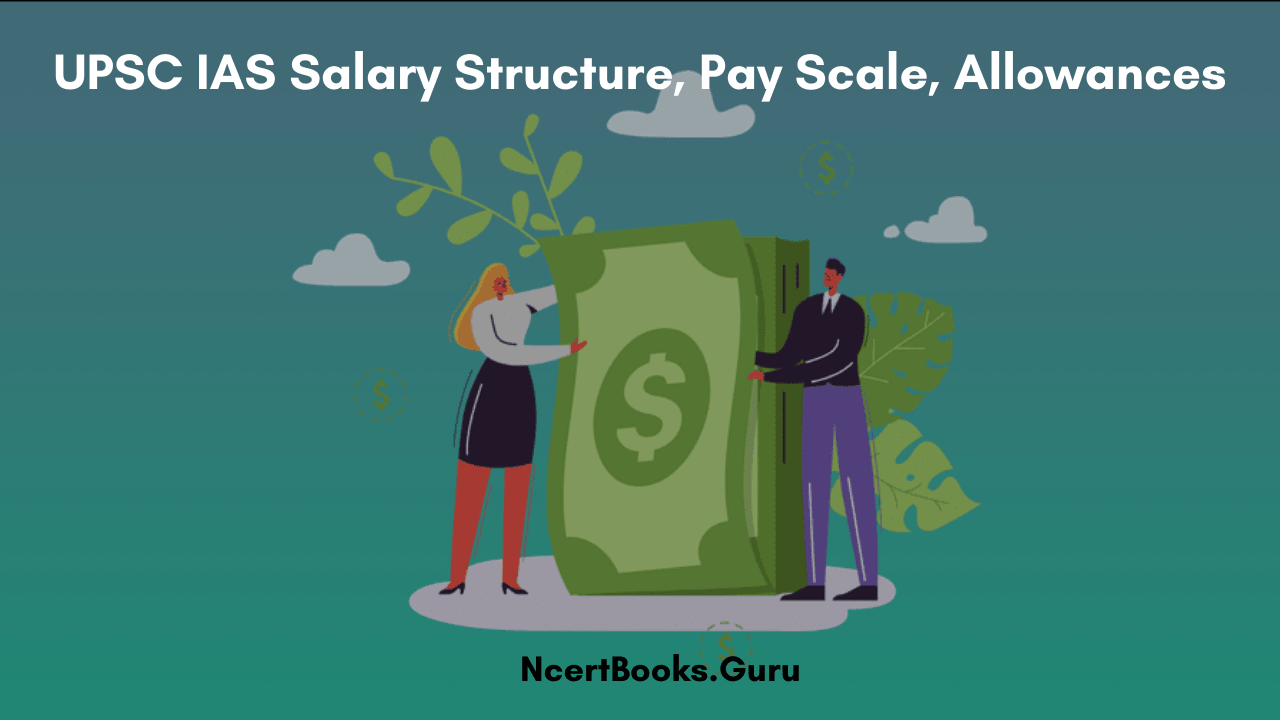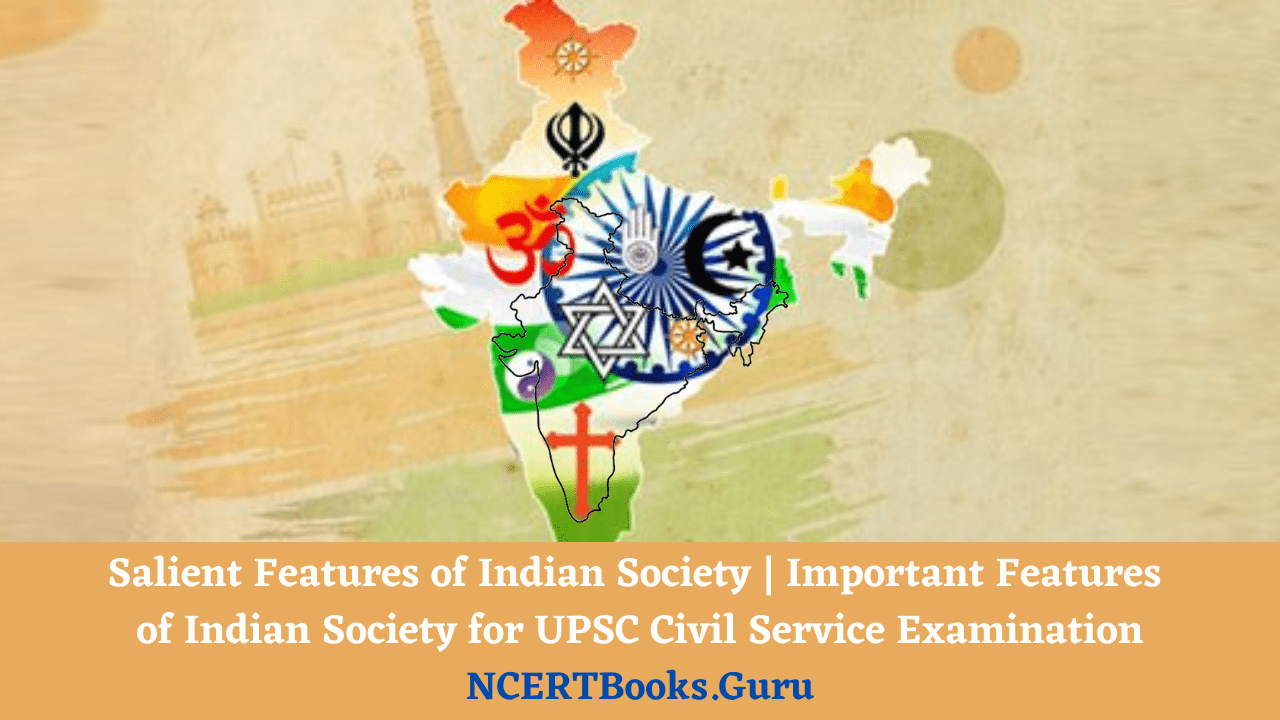UPSC IAS Salary 2021: Have you cracked UPSC Indian Administrative Service Exam and want to know the basic Salary, Allowance, etc for IAS Officer? Then, this page is the right choice to attain all the answers to the questions raised in your head. Everyone knows that an amazing job holds a good amount of pay scale or salary package. With an IAS officer job, a candidate can get a chance to serve for India and honor from every person along with a high amount of pay & HRA & Transport allowance.
Hence, we can say that not just lakhs of money attracts the job aspirants but also the powers and responsibilities of the IAS Officer. In the below modules, you will get a clear idea about UPSC IAS Salary in India as well as pay scale, grades, allowances, job profile, salary structure of Indian Administrative Service officer after seventh pay commission, etc.
More to Know:
UPSC IAS Officer Salary 2021 Structure After 7th Pay Commission
Candidates who are looking for the salary structure of the most desired IAS job or post after the UPSC Exam can check the below table. The table includes the basic salary of an IAS Officer per month and can go on high up to a cabinet secretary. Also, aspirants can check the pay level, pay scale for each level of the IAS salary from the table given below. Hence, you can compare Pay band and Pay Level in the table for a fine understanding of the IAS Salary Structure.
| Grade |
Post |
No. Of Years |
Old System |
New System |
| Grade Pay |
Pay Scale(INR) |
Pay Level |
Basic Pay (INR) |
| Junior or Lower Time Scale |
ASP/SDM/ Asst. Commissioner |
1-4 |
5400 |
15600 – 39100 |
10 |
56100 |
| Senior Time Scale |
ADM/Deputy Secretary/ Undersecretary |
5-8 |
6600 |
15600 – 39100 |
11 |
67700 |
| Junior Administrative |
DM/ Joint Secretary/ Deputy Secretary |
9-12 |
7600 |
15600 – 39100 |
12 |
78,800 |
| Selection Grade |
DM/ Special Secretary cum director/ Director |
13-16 |
8700 |
37400 – 67000 |
13 |
1,18,500 |
| Selection Grade |
Divisional Commissioner/ Secretary Cum Commissioner/ Joint Secretary |
16-24 |
8700 |
37400 – 67000 |
14 |
1,44,200 |
| Super Time Scale |
Divisional Commissioner/ Principal Secretary/ Additional Secretary |
25-30 |
12000 |
37400 – 67000 |
15 |
1,82,200 |
| Above Super Time Scale |
Additional Chief Secretary |
30-33 |
NA |
80000 (Fixed) |
16 |
2,05,400 |
| Apex Scale |
Chief Secretary |
34-36 |
NA |
90000 (Fixed) |
17 |
2,25,000 |
| Cabinet Secretary Grade |
Cabinet Secretary of India |
37+ years |
NA |
90000 (Fixed) |
18 |
2,50,000 |
Pay Scale, Grades & Salary of IAS Officer
IAS officers are promoted from junior level to highest position on the basis of the number of years in the service, performance, and experience. The Indian Administrative Service salary structure is divided into 8 grades. Every single grade contains fixed basic pay and grade pay, House Rent Allowance, Dearness Allowance, Medical Allowance, and Conveyance Allowance. All these allowances are discussed elaborately in the below section so have a look at the following table of grade-wise IAS Pay Scale and Grade pay details at first.
| Grade |
Pay Scale |
Grade Pay |
Years of Service |
| Junior Scale |
INR 50000 -1,50,000 |
INR 16,500 |
NA |
| Senior Time Scale |
INR 50,000 – 1,50,001 |
INR 20,000 |
5 years |
| Junior Administrative Grade |
INR 50,000 – 1,50,002 |
INR 23,000 |
9 years |
| Selection Grade |
INR 1,00,000 – 2,00,000 |
INR 26,000 |
12 – 15 years |
| Super Time Scale |
INR 1,00,000 – 2,00,000 |
INR 30,000 |
17 – 20 years |
| Above Super Time Scale |
INR 1,00,000 – 2,00,000 |
INR 30,000 |
Varies |
| Apex Scale |
INR 2,25,000 (Fixed) |
NA |
Varies (around 30 years) |
| Cabinet Secretary Grade |
INR 2,25,000 (Fixed) |
NA |
Varies |
About Indian Administrative Service(IAS) Allowances: HRA, DA & TA
IAS Officer Salary includes basic salary and other allowances like HRA, TA, DA, etc. According to the 7th Pay commission norms, the HRA Allowances is 24 percent, 16 percent, and 8 percent and it depends on the city you have posted. In addition to these, the seventh pay commission has suggested an increase of HRA when DA crosses 50% and 100%. There is no enhancement in Transport allowance.
Do Refer: How to become an IAS Officer in India?
On the other hand, DA which is 125% has been integrated with ongoing Transport Allowance. As well as Pay Band – Grade Pay System which prevails before has stopped by the 7th pay commission. For more information about IAS Officer allowances, check the table below and get to know about different allowances in Indian Administrative Service(IAS) Officer Salary.
| HRA Distribution |
| Class X |
8 Cities only- 24% HRA (Delhi, Mumbai, Kolkata, Chennai, Bangalore, Hyderabad, Ahmedabad, and Pune) |
| Class Y |
Around 100 Towns (With a Population above 5 Lakhs) – 16% HRA |
| Class Z |
Rural Areas – 8% HRA |
| Dearness Allowance |
| DA |
DA now crosses 50 to 100 % |
| Transport Allowance |
| The Transport allowance is not included in the DA which can reach up to 125% now |
IFS Salary Structure, Job Profile
IFS full form is Indian Foreign Services. It gives you to serve the country in the foreign country. A lot of perks are offered to the candidate along with a high salary and many family allowances. You can check the complete details about the salary of UPSC IFS from the table mentioned below:
| Grade |
Rank |
Basic Pay in INR (as of 7th Pay Commission) |
| Junior Time Scale |
Under Secretary |
8000 |
| Senior Time Scale |
Under Secretary |
10700 |
| Junior Administrative Scale |
Deputy Secretary |
12750 |
| Selection Grade |
Counselor Director |
15100 |
| Senior Administrative Scale |
Joint Secretary |
18400 |
| High Commissioner/ Ambassador |
Foreign Secretary |
26000 |
Job Profile and Salary Structure of IPS
The only post that comes with the Uniform is the IPS officer. A candidate who appointed as an IPS Officer will get great power, respect, and prestige along with a good pay scale. The details of the salary structure for UPSC IPS Officer is given below:
| Post |
Basic Pay (INR) |
| Deputy Superintendent of Police |
56,100 |
| Additional Superintendent of Police |
67,700 |
| Senior Superintendent of Police |
78,800 |
| Deputy Inspector General of Police |
1,31,100 |
| Inspector General of Police |
1,44,200 |
| Director General of Police |
2,05,400 |
| Director General of Police/ Director of IB or CBI |
2,25,000 |
Also Check: Difference Between IAS and IPS & Their Similarities
IRS Pay Scale & Job Profile
The second most sought-after job under UPSC Exam is IRS. The candidates who employed in the role of IRS hold more social value, Indian Revenue Service Officer also provides a fruitful salary. Aspirants can find more details about UPSC IRS Salary structure and job level from the below table:
| Designation |
Pay Scale |
| Assistant Commissioner of Income Tax |
INR 15,600 – 39100 + Grade Pay of INR 5400 |
| Deputy Commissioner of Income Tax |
INR 15,600 – 39100 + Grade Pay of INR 6600 |
| Joint Commissioner of Income Tax |
INR 15,600 – 39100 + Grade Pay of INR 7600 |
| Additional Commissioner of Income Tax |
INR 37400 – 67000 + Grade Pay of INR 8700 |
| Commissioner of Income Tax |
INR 37400 – 67000 + Grade Pay of INR 10000 |
| Principal Commissioner of Income Tax |
INR 75000 to INR 80000 |
| Chief Commissioner of Income Tax |
INR 75000 to INR 80000 |
| Principal Chief Commissioner of Income Tax |
INR 80000 fixed |
IAS Salary Perks & Other Facilities
Besides the IAS officer salary, he/she also offered some other perks and benefits as such,
- Transportation: Vehicles will be provided along with a driver.
- Service Quarter (3 or 4 BHK): IAS Officers are provided with a service quarter at the place of their posting.
- Security: Two bodyguards and three home guards are allotted.
- All Medical expenses will be looked after.
- Electricity & Water Bills: Completely taken care of or subsidised.
- Free Phone Call
- Study leave
- Abroad Study Option
- Household Helpers
- Dearness Allowance (As governed by the inflation index) (at 65 percent)
- Pensions and Retirement Benefits.
IAS Officer Roles & Responsibilities
- Maintenance of Law and Order.
- Collect revenue.
- Function as courts in revenue matter.
- Implementation of developmental schemes.
- Function as Executive Magistrate.
- Function as Chief Development Officer.
- Traveling to other places for the implementation of policies.
- Function as District Development Commissioner.
- Implementation and supervision of policies of the State Government and Central Government.
- Supervise the expenditure of public funds as per norms of financial propriety.
- Handle daily affairs of the government, which includes framing and implementation of policy in consultation with the minister-in-charge.
- Handle regular proceedings of the government.
- Contribution in the State secretariat or as head of departments or Public Sector undertakings.
Also, our team of Ncertbooks.Guru prepared the elaborated UPSC Syllabus for efficient exam preparation. So, Candidates are advised to check the UPSC Prelims and Mains Syllabus to kickstart their preparation & crack the job as an IAS officer.
FAQs on UPSC IAS Salary 2021
1. What is the per month Salary of IAS Officers in India?
The basic salary of an Indian Administrative Service officer in India per month starts at Rs. 56,100 with extra allowances like TA, DA, and HRA.
2. What is the IAS salary structure 2021?
The IAS officer salary structure can be like this at the Entry level position or junior scale:
Basic Pay: INR 56,100
Dearness Allowance 2%: INR 1,122
Travel Allowance: INR 3,200
DA on Travel Allowance 125%: INR 4,000
Deduction: (-) INR 6,287
Total: INR 58135
3. Do Indian Administrative Service(IAS) trainees get paid?
Yes, the elected candidates get a certain salary during the training period at Lal Bahadur Shastri National Academy of Administration (LBSNAA). In training, officers get Stipend/Special Pay Advance ₹45,000 per month.
